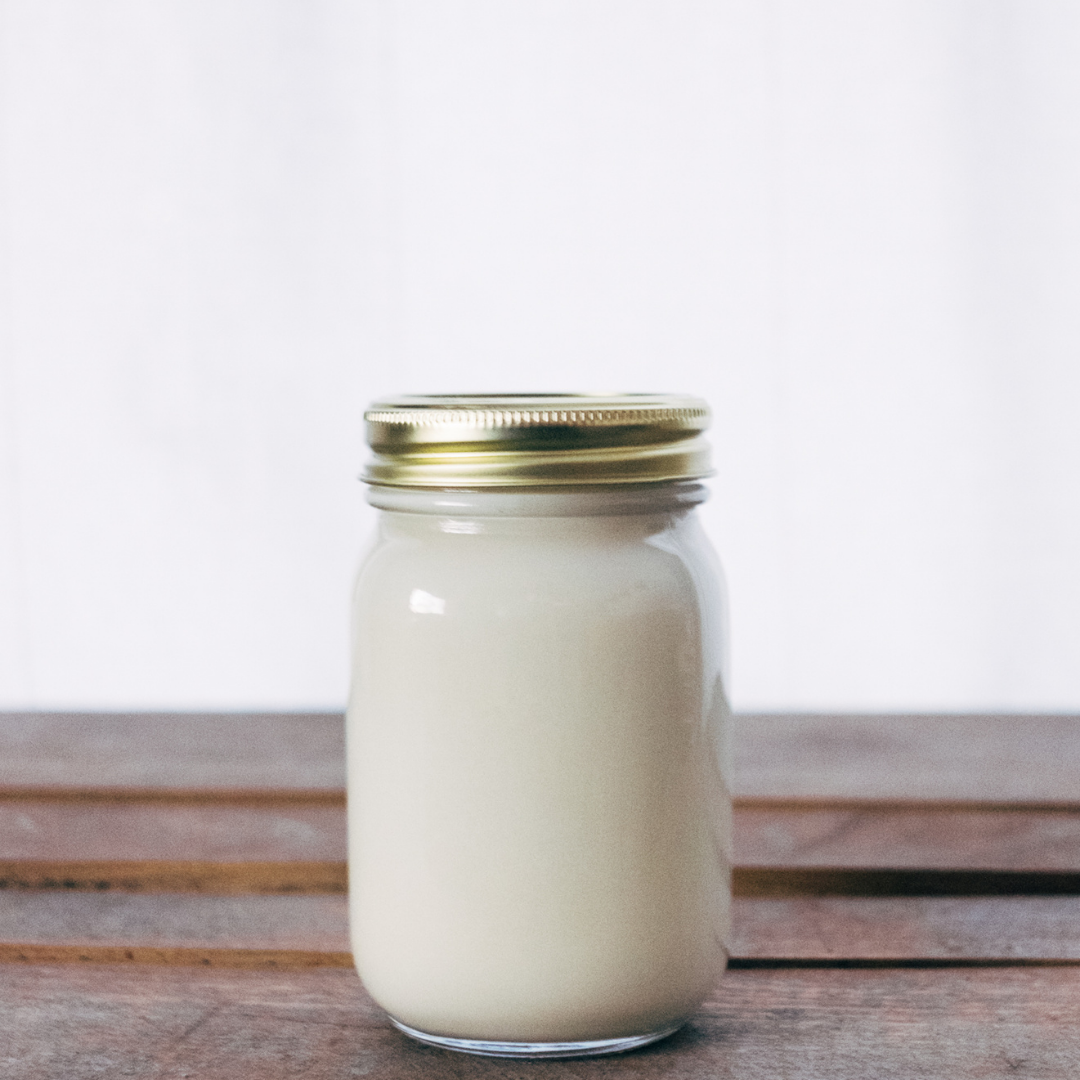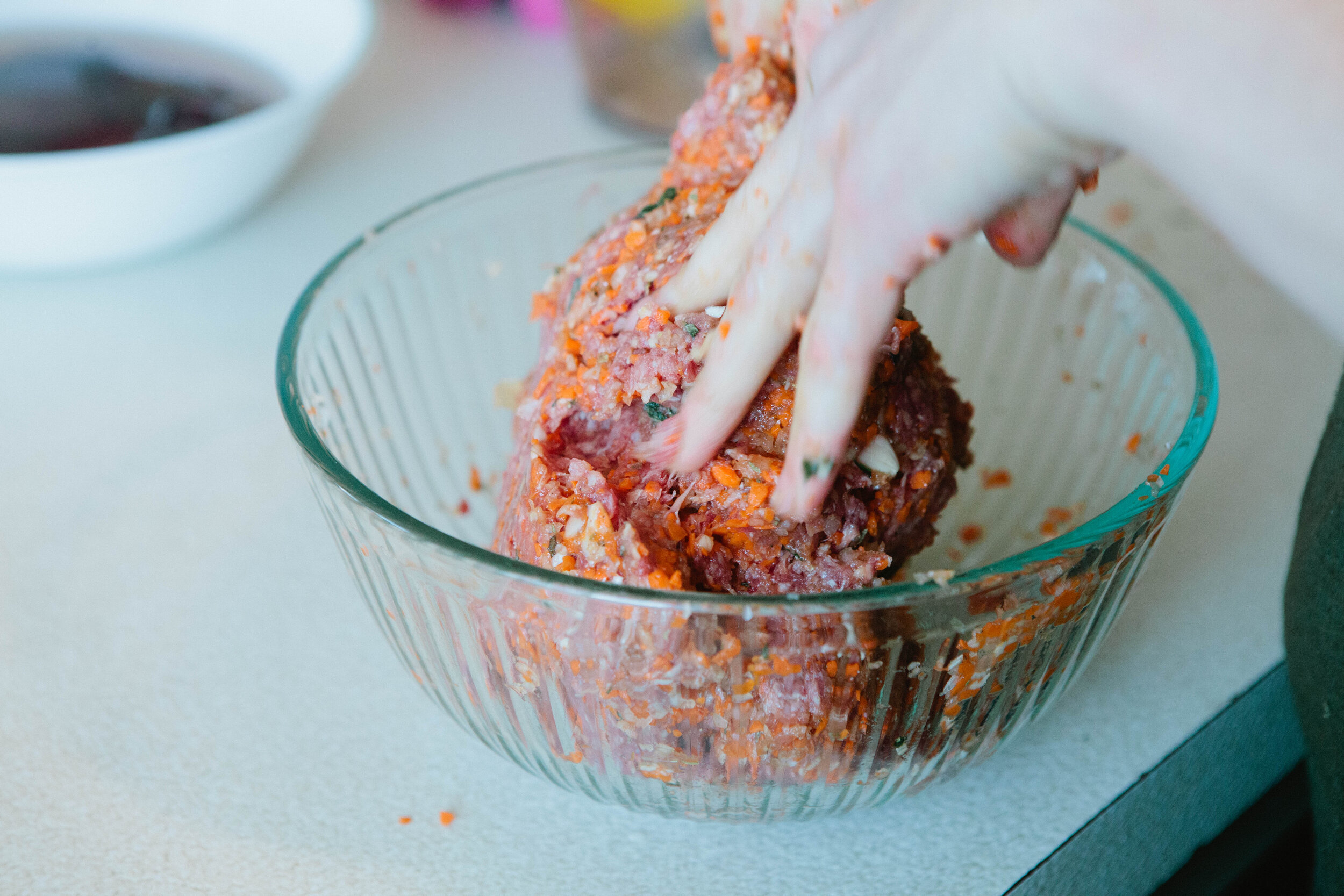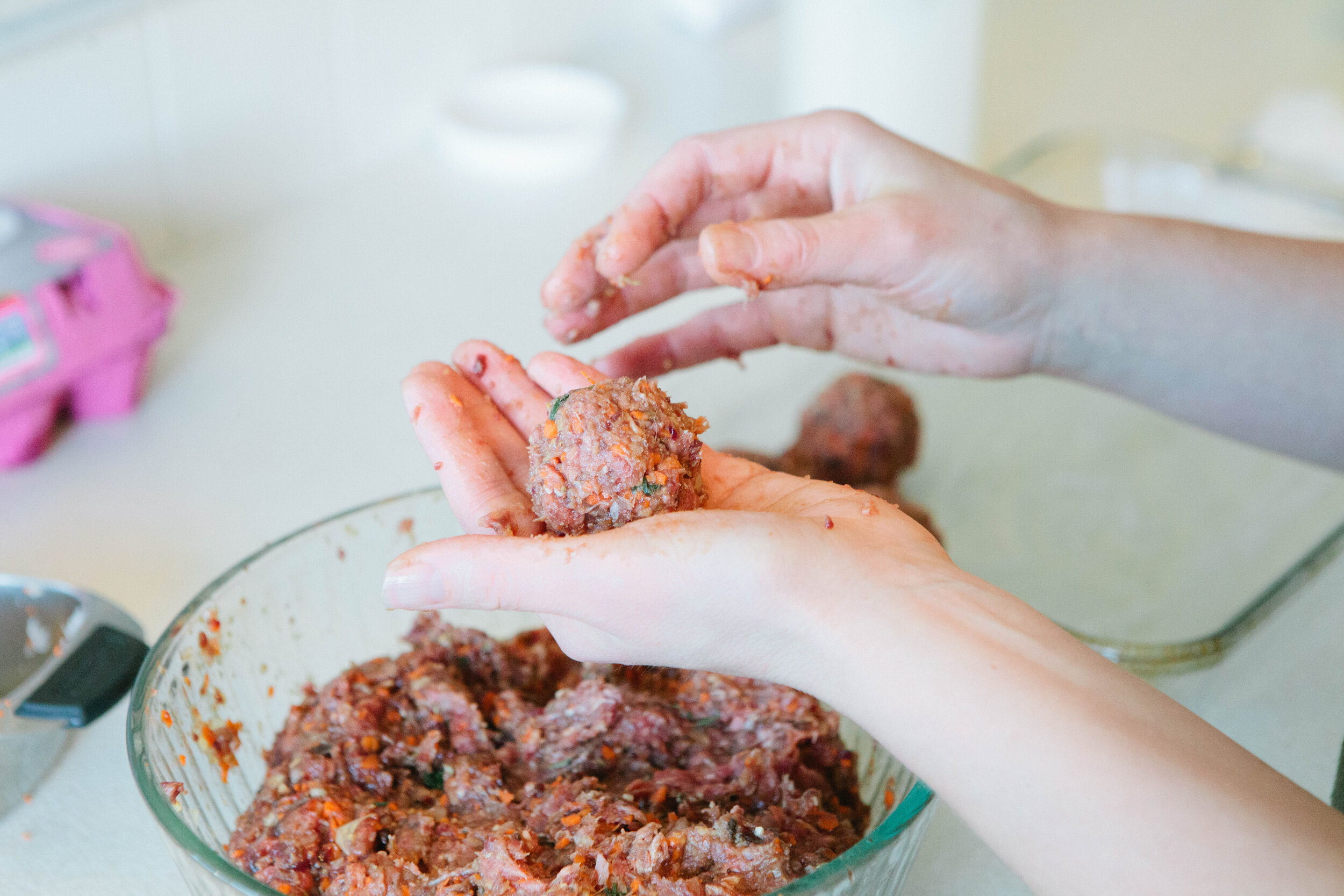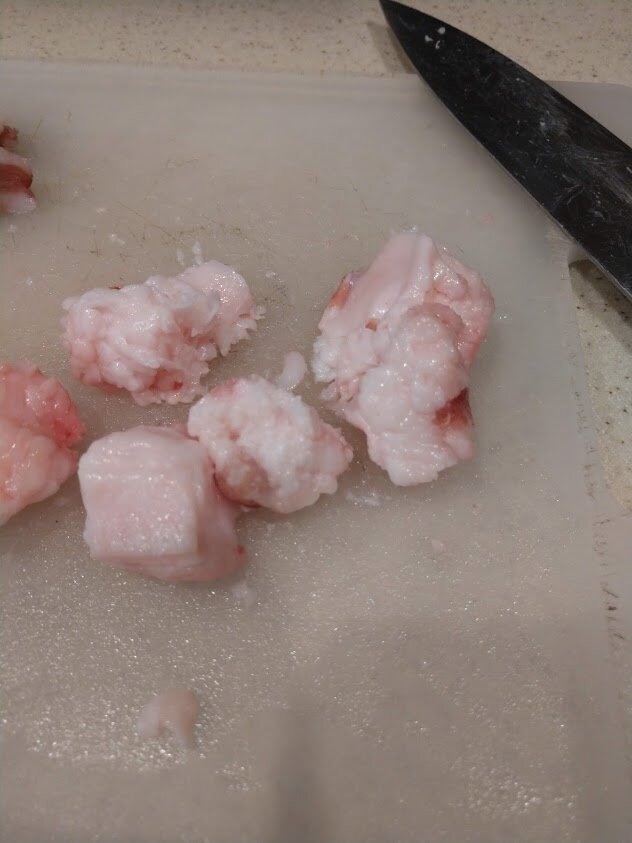At Be Well Clinic, we believe that our bodies
were created to be able to heal and thrive
when they are given what they need.
In our Nutritional Healing Program we primarily focus on the 3 following beliefs:
We believe that in order to heal, we must give our bodies foods which contain the nutrients they need. When our bodies have the nutrients needed, amazing healing can take place: diagnoses reversed, lifelong aches and pains withdrawn, chronic depression and anxiety lifted. We believe, first and foremost, these nutrients come from real, traditionally-prepared whole foods. We also recognize that not all foods are created equal. Many foods are harmful to our bodies - they create more symptoms, reduce our body’s abilities to heal, grow and develop, and cause chronic illness. Only when we know which foods our bodies need at specific times, and which foods cause additional stress on our bodies, can we take charge of our own health.
We believe that emotions are instrumental to healing. If we address only the physical, and not the emotional, we may see some healing, but often do not see the full healing that we desire for ourselves and our patients. We believe that in order to find true healing, to move past plateaus and to find peace, doing emotional work alongside nutritional work is crucial.
We believe that healing is not found in isolation. We humans were created to be in community. This means that we are meant to do life with others - eating, playing, celebrating, worshiping, mourning, and healing. Community in healing may look like your family, a practitioner, or a support group of people going through similar struggles as you. The more supportive of a community one has, the deeper the healing. It is important to heal with those who think that you are strong and capable to heal, not ones that think you are crazy, lazy, or wasting your time.
With these 3 key elements in mind, we offer 3 levels to our Nutritional Healing Program. Each one includes working with nutrition, emotions, and community in order to heal. One of the 3 program levels is appropriate for you, no matter where you are starting from. If you wish to heal naturally from symptoms of leaky gut, which include (but are not limited to): food allergies and intolerances, digestive disorders, autoimmune disorders, mental illness, brain and neurological symptoms, skin issues, hormonal concerns, sleep and energy problems, chronic pain and inflammation, we would like to support you.
Where you currently are in your healing journey will determine which level is most applicable for you. Read the descriptions below to find out, and if you are not sure which would be best for you, please schedule an inquiry call so that one of our practitioners can work with you to decide where to start.
Nutritional Healing Program Level 1:
This program is for individuals and families who are looking to heal from chronic and acute symptoms, and know that their nutrition needs a reset, but they are not sure what nutrition advice is right for them.
In this 12-week program we work to bring cleansing to your home and body by removing foods and substances in your home that are causing harm and increased symptoms, and eating foods that are meant to soothe, heal, repair and replenish.
You will work one-on-one with a Certified GAPS Practitioner: a nutrition practitioner trained in healing the gut to then heal the mind and the rest of the body.
You will learn new cooking techniques, how the body works in relation to food, what nutritional deficiencies your own body has, and how to replenish these nutrients appropriately.
You will be given sample shopping lists and meal plans to help simplify your meal time planning.
You will also be enrolled in the Getting Started On GAPS online course (normally $997) which will give you in depth information and training to help you start strong on your healing journey.
Additionally, you will have 3 appointments with an Emotional Work Practitioner who is trained in addressing emotions in order to help heal chronic illness.
You will receive a journal created by Amy Mihaly, founder of Be Well Clinic, to help you document foods, symptoms, supplements and practices as you work through this program.
Out of the 3 programs, this is where you should start if you are just embarking on your natural healing journey, or if you have been dabbling for a while but need more direction, accountability and personal instruction for your own symptoms and concerns. Prices and payment options for all programs are located at the bottom of the blog post.
Nutritional Healing Program Level 2:
\This program is for individuals ready for a rigorous nutritional program to heal chronic symptoms. Most people who go through this program have tried many other therapies, whether food-based, medication based, or other. Level 2 is designed to take your healing to the next level, using the GAPS nutritional protocol to initiate the deep healing and sealing work that a leaky gut needs in order to see mental and physical healing.
During this intensive 12 weeks you will work one on one (weekly or biweekly) with a Certified GAPS Coach, a Certified GAPS Practitioner, and Emotional Work Practitioner. These practitioners will address the practical cooking techniques and stages of the protocol, the symptom management and assessment as you do the healing and detoxifying work, and the emotional and spiritual component of healing from chronic illness.
You will have access to our GAPS community - weekly group zoom calls facilitated by one of our practitioners, with other individuals who are also going through the GAPS Nutritional Protocol with Be Well Clinic. All are at a different place on their journey, which creates a beautiful community of invaluable support and encouragement.
You will receive a journal created by Amy Mihaly, founder of Be Well Clinic, to help you document foods, symptoms, supplements and practices as you work through this program.
Of the three programs, Level 2 offers the most frequent practitioner support through the most rigorous nutritional protocol. This program is by application only, to ensure that those wanting to be a part of Level 2 are as ready as possible, in order to ensure the most efficient and effective healing during this program.
Nutritional Healing Program Level 3:
This program is for individuals who have gone through our Level 2 program or otherwise have been on the GAPS diet for at least 3 months.
Level 3 is all about continued support - through accountability, symptom analysis and management, further therapeutic recommendations and community.
Healing through nutrition is not a quick process. It does not simply happen in 12 weeks. Levels 1 and 2 are extremely powerful with initiating and pinpointing detoxification, healing and sealing a leaky gut. However, they are not the end. Healing takes time, and that is where our Level 3 program comes. Make sure that as you live out your healing you do not do so alone.
During Level 3, you will meet with a Certified GAPS Practitioner, and you will have access to making additional appointments with an Emotional Work Practitioner in order to address the physical, emotional and spiritual components of ongoing, long term healing.
You will also have access to our GAPS community - weekly group zoom calls, facilitated by one of our practitioners, with other individuals who are also going through the GAPS Nutritional Protocol with Be Well Clinic.
Participation in Level 3 is by application only, to make sure you do not need the initial education and guidance of Level 1 or the intense support and robustness of Level 2, but are ready for the continuing support offered here.
Schedule, Pricing and Payment Information:
Schedule:
The next opportunity to begin one of our program levels is just after the new year! Reset, commit, and heal in 2023. Don’t try another free challenge or a new quick fix… commit yourself to making a real change and finding deep healing this coming year. Our Summer program level starts on July 3rd, 2023 and runs until September 22nd, 2023.
Applications for Levels 2 and 3 are due June 16th, 2023.
No application is necessary for Level 1, but registration for this level of the program is also due by June 16th, 2023.
Payment Options:
For each level of the program you may pay in full, up front or pay in 3 equal installments, which will be automatically withdrawn on the following schedule:
First Payment: 2 weeks prior to the start of the program
Second Payment: week 5 of the program
Third Payment: week 9 of the program
Pricing:
Level 1: $2000
Level 2: $3500*
Level 3: $1075
*Note:
For those who complete Level 1 with us and wish to continue with Level 2, a $500 discount will be applied for Level 2.
NOT SURE WHAT LEVEL TO CHOOSE? Schedule a free 15-min inquiry call with one of our practitioners!
Please select select practitioner, Hollie Bigham.



































